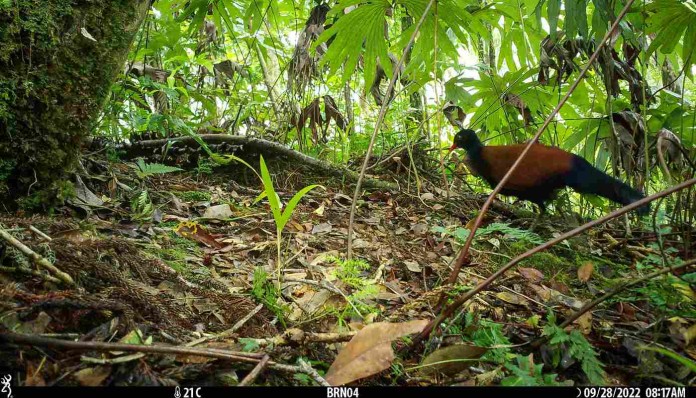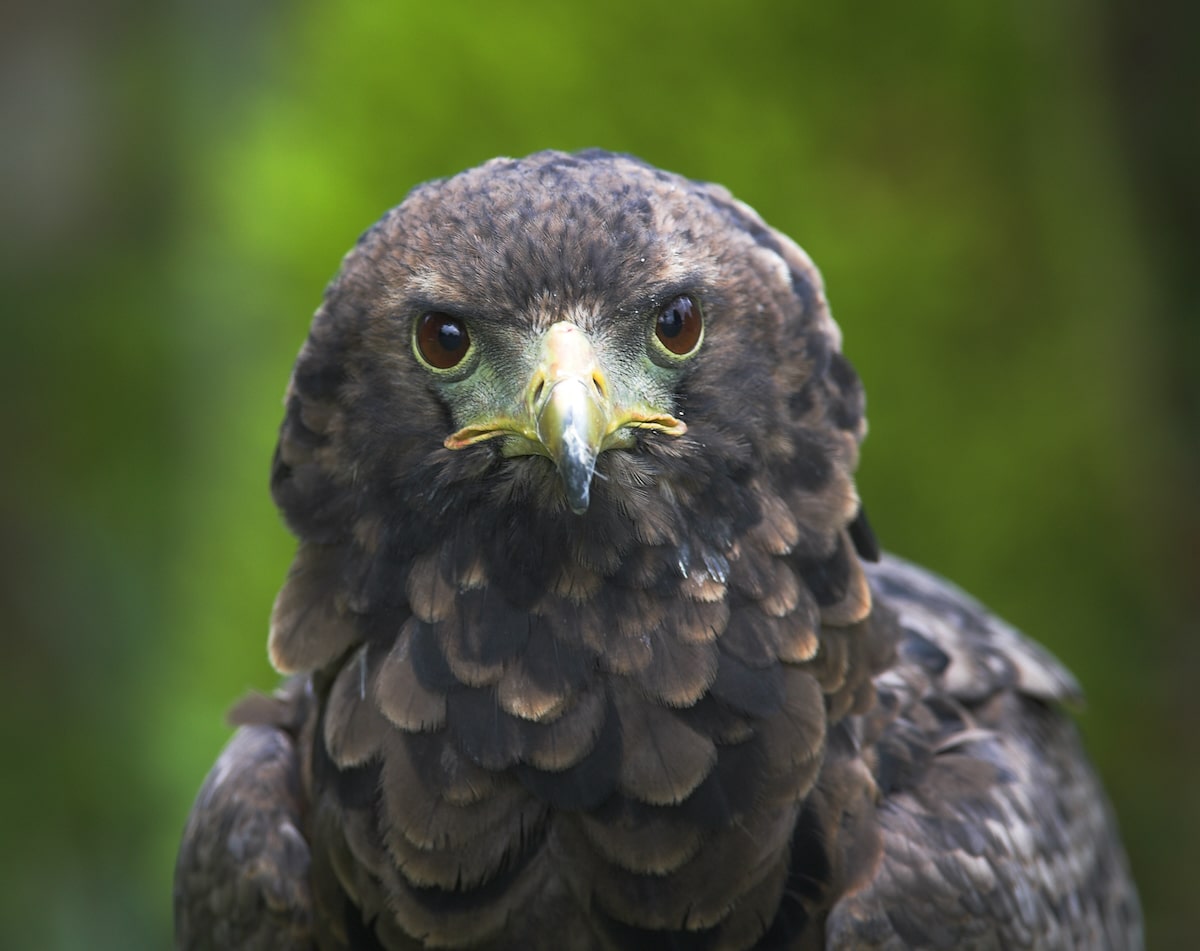When Fiji-based photographer Tom Vierus was busy taking pictures of the birds on Papua New Guinea’s New Britain in March this year, little did he know that his memory card was storing quite the scientific find. Now, ornithologists have revealed that what Vierus had managed to capture was the first-ever photograph of the rare New Britain goshawk (Accipiter princeps).
Only found on the island of New Britain, little is known about the New Britain goshawk, called “keango” or “kulingapa” in local languages. According to the IUCN Red List – on which the bird is classed as a vulnerable species – it’s pretty elusive, known to science only from four specimens, none of which had been photographed.
“The last documented scientific record of the species appears to be a July 1969 specimen that is kept in the American Museum of Natural History in New York, USA,” explained John Mittermeier, Director of the Search for Lost Birds at American Bird Conservancy, in a statement.
“While there have been multiple sight-only records in the intervening years, the New Britain Goshawk seems to have eluded photo, sound, and specimen documentation for 55 years.”
Its reign as a “lost” species came to an end, however, when Vierus snapped a picture of it.
“I was on a scoping trip with [World Wide Fund for Nature (WWF)] in Pomio [eastern New Britain], with three members of the local community guiding us through the forest, so we could better understand the presence of species. I photographed several bird species, including the New Britain Goshawk, but wasn’t aware of the significance at the time,” said the photographer.
“It was such a great surprise to hear that this photo seems to be the first-ever of this ‘lost species’!
What isn’t necessarily a surprise is that the species has gone so long under the radar – even the locals haven’t seen a lot of it, according to the WWF’s Pomio-based officer Oscar Pileng.
“[Local residents and leaders] shared that this species is definitely rare in Pomio. Some confirmed that this species is not found in coastal areas but only in the hinterlands of Pomio, and is rarely seen.”
The scientific rediscovery of the bird has also come alongside renewed calls for conservation in the area it was photographed.
“[I am] very happy that an official global record now exists and I hope that this means more efforts are made to protect its habitat from the threats of large-scale agriculture, logging, mining and infrastructure development,” said Pileng.
This article by Holly Large was first published by IFL SCience on 13 September 2024. Lead Image: Image credit: © WWF-Pacific / Tom Vierus.
What you can do
Help to save wildlife by donating as little as $1 – It only takes a minute.







Leave a Reply